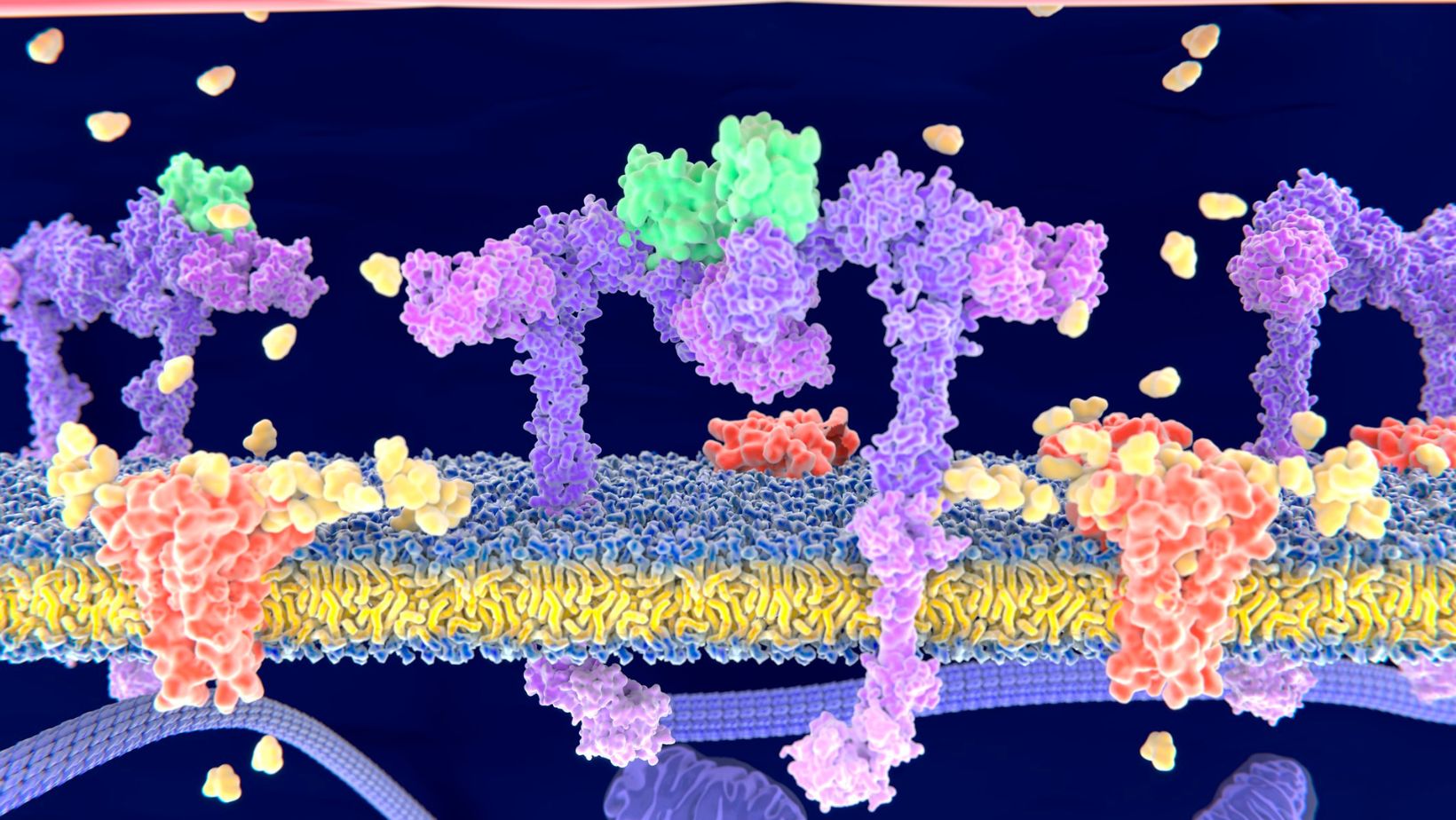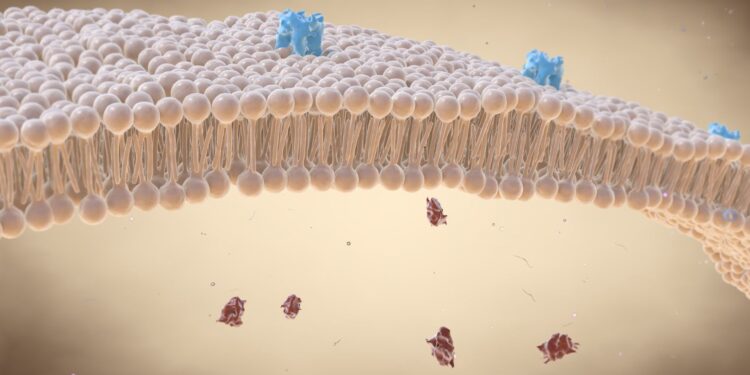Receptors for Nonsteroid Hormones are Located in _____.
Treading into the future, we’re seeing fascinating developments in the field of endocrinology. One area that’s been gathering a lot of attention is nonsteroid hormones and their receptors. Many might ask – where exactly are these receptors located? Well, I’m here to shed some light on this intriguing subject.
A hormone’s function depends significantly on its receptor’s location. Just as with steroid hormones, nonsteroid hormones also have specific sites where they bind – their receptors. These can be found in various parts of our bodies depending on the hormone type.
The understanding and mapping of these receptor locations hold vast potential for future research and treatment strategies. It could lead us down paths less traveled, uncovering new ways to tackle diseases and disorders related to hormonal imbalances. Stay tuned as we delve deeper into this exciting topic: “Future Directions – Receptors for Nonsteroid Hormones are Located in _____.”
Understanding Nonsteroid Hormones
Diving headfirst into the complex world of nonsteroid hormones, it’s clear that they’re essential players in the body’s delicate dance of biochemistry. Unlike their steroid counterparts, nonsteroid hormones don’t dissolve in lipids. Instead, they’re water-soluble and can’t pass through cell membranes on their own.
These unique hormones rely on specialized receptors to do their job effectively. These receptors are typically found within the cell or on its surface. The future direction of research is currently focused on pinpointing exactly where these receptors are located.
To highlight just how crucial these nonsteroid hormones are, let’s consider an example: insulin. This vital hormone helps regulate blood sugar levels by signaling cells to uptake glucose from the bloodstream – a crucial process for our energy metabolism.
- Insulin (a peptide hormone)
- Glucagon (another peptide hormone)
- Adrenaline (an amino acid-derived hormone)
These examples underline the diversity and importance of nonsteroid hormones in our bodies. The more we understand about them and their receptor locations, the better we’ll be able to treat hormonal imbalances and related health conditions.
Research has already uncovered some fascinating facts about these receptors; for instance, G protein-coupled receptors (GPCRs) play a big role in how many nonsteroid hormones function. Think adrenaline rushing through your veins during a high-stakes situation – that wouldn’t be possible without GPCRs!
So here we stand at the cutting edge of hormonal research, with scientists worldwide striving to uncover where exactly these elusive nonsteroid hormone receptors are hiding inside or outside our cells.

Locating the Receptors for Nonsteroid Hormones
Peeling back the curtain on nonsteroid hormones, I’ll tell you that their receptors aren’t always located where you might think. It’s a complex dance of biochemistry and physiology that’s at play here.
Unlike steroid hormone receptors, which are usually found within cells, nonsteroid hormone receptors are often situated in unique locations – primarily on cell membranes. This location is key to their function. The membrane acts like a gatekeeper, letting these hormones bind with the receptor to trigger specific cellular responses.
Now let’s dig deeper into this fascinating subject. Some examples of nonsteroid hormones include insulin and adrenaline. These hormones are water-soluble and thus cannot cross the lipid bilayer of cell membranes easily. So they tend to bind with receptors located on the exterior surface of cells.
Just picture it: when adrenaline rushes through your system, it doesn’t need to enter every single cell in your body to have an effect. Instead, it binds with specific receptors on cell surfaces – like keys fitting into locks – setting off a series of reactions inside those cells.
But don’t forget about peptide and protein hormones! They follow similar rules as other nonsteroids do – meaning their corresponding receptors are also found outside cells rather than inside them.
Here’s something else worth noting: these external receptor sites can change over time due to various factors such as age or stress levels. Scientists are still exploring how these changes might impact our health in future directions.
To sum up my points:
- Nonsteroid hormone receptors are generally located on the outer surface of cells.
- Insulin and adrenaline serve as prime examples.
- Other types such as peptide or protein-based non steroids follow suit.
- Changes occur in receptor sites over time due to aging or stress factors; we’re still learning what this means for us down the road.
This is just one piece of the puzzle in understanding how our bodies interact with hormones. Stay tuned for more intriguing insights on this topic in the next sections!














